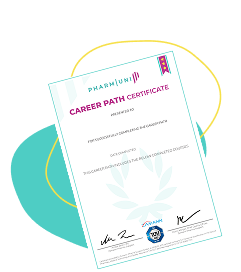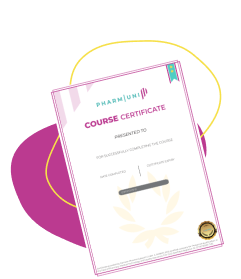Controlled Environment
Definition
A Controlled Environment refers to a space where specific environmental parameters such as temperature, humidity, pressure, and particulate matter are regulated and maintained within strict limits. These environments are critical in industries like pharmaceuticals, biotechnology, and life sciences, where product quality and regulatory compliance depend on minimizing contamination risks.
Detailed Explanation
In the pharmaceutical and life sciences industries, maintaining a Controlled Environment is essential to ensure the safety, efficacy, and quality of products. These environments are designed to limit the introduction, generation, and retention of contaminants, such as dust, airborne microbes, aerosol particles, and chemical vapors.
Purpose and Importance
Controlled Environments are vital for:
- Ensuring compliance with Good Manufacturing Practice (GMP) regulations.
- Protecting products from contamination during manufacturing, testing, and packaging.
- Creating safe conditions for research and development activities.
Regulatory bodies such as the FDA and EMA mandate strict environmental controls for facilities involved in the production of pharmaceuticals, biologics, and medical devices.
Cleanroom Standards and ISO Classes
Controlled Environments often take the form of cleanrooms, which are classified according to the number and size of particles permitted per volume of air. The most widely recognized standard is ISO 14644-1, which defines cleanroom classifications from ISO Class 1 (the cleanest) to ISO Class 9.
Key aspects of cleanroom standards include:
- ISO Class 5: Common for critical pharmaceutical operations like aseptic filling.
- ISO Class 7: Typically used for less critical stages of production.
- ISO Class 8: Often used for support areas like gowning rooms.
Each class specifies maximum allowable particle counts for different particle sizes (e.g., ≥0.5 µm), ensuring that the environment remains within acceptable contamination levels.
HVAC Systems and Environmental Controls
Heating, Ventilation, and Air Conditioning (HVAC) systems play a crucial role in maintaining Controlled Environments. These systems manage:
- Temperature and humidity levels to prevent microbial growth and ensure material stability.
- Air pressure differentials to control airflow and prevent cross-contamination between areas.
- Air filtration using HEPA (High-Efficiency Particulate Air) filters to remove particulates from the air.
Monitoring systems continuously track environmental parameters, with alarms and corrective actions triggered if deviations occur.
Applications and Examples
Controlled Environments are used across various applications, including:
- Pharmaceutical Manufacturing: Sterile drug production, vaccine development, and tablet manufacturing.
- Biotechnology: Cell and gene therapy production requiring aseptic conditions.
- Medical Device Manufacturing: Assembly of surgical instruments and implants under clean conditions.
For example, during the production of injectable biologics, ISO Class 5 cleanrooms are essential to maintain sterility and meet regulatory expectations.



